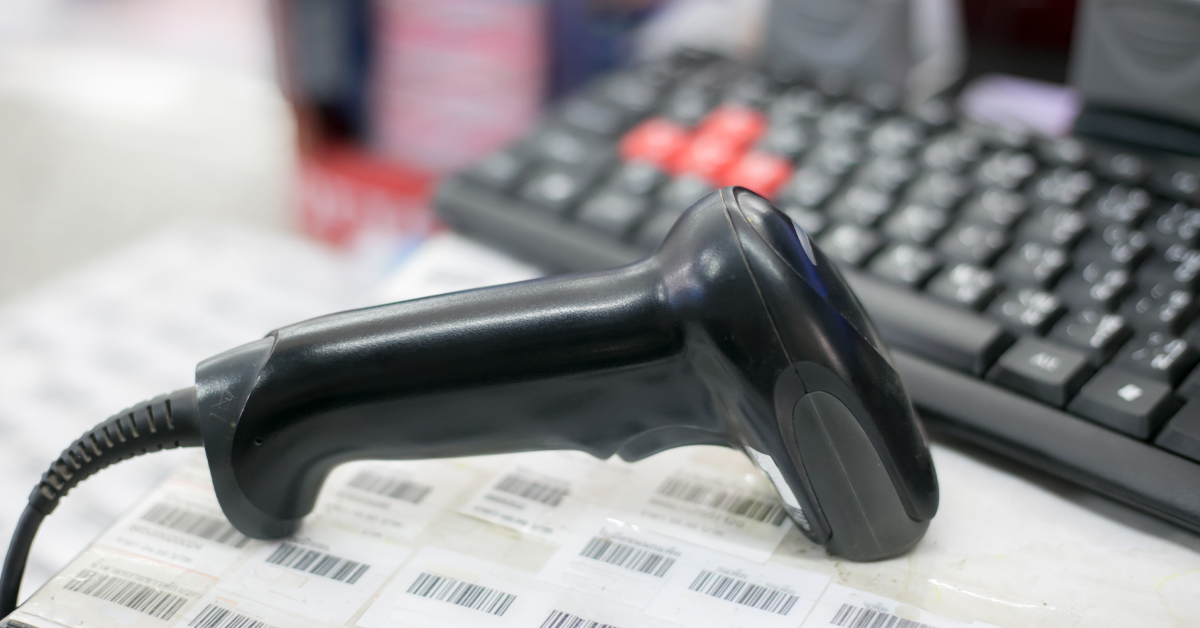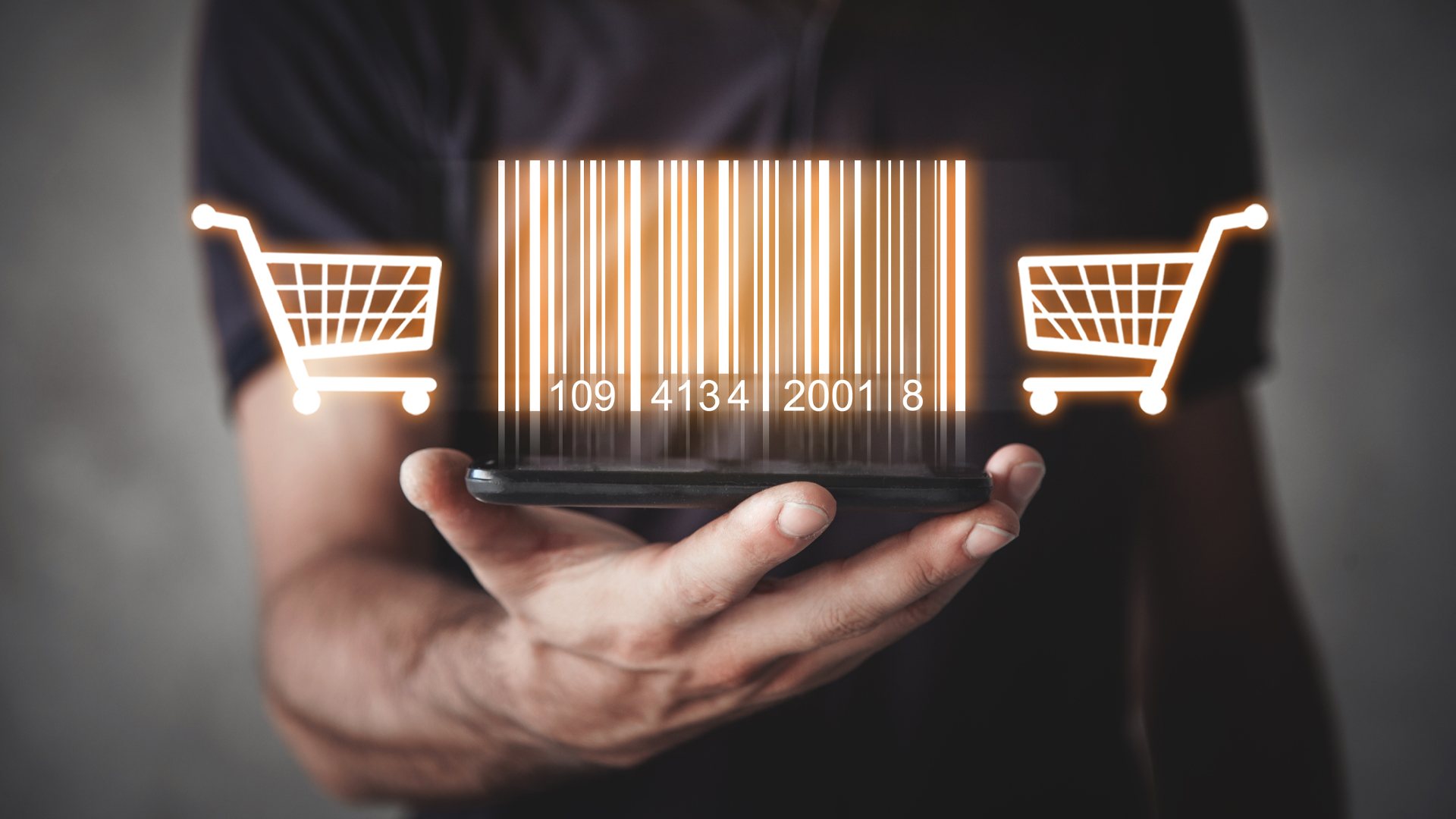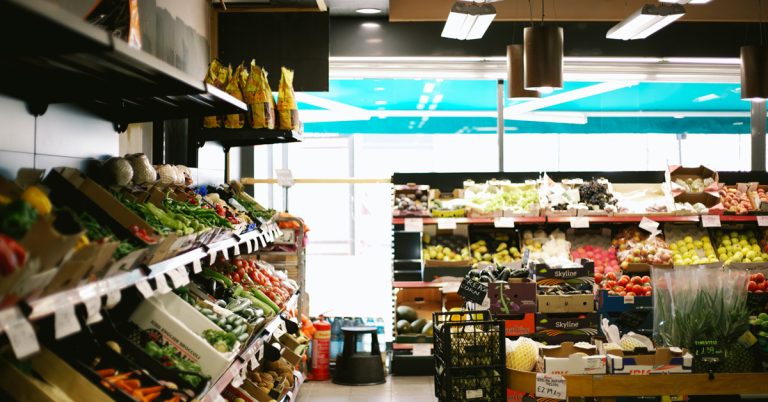Robotic Process Automation (RPA) is changing the retail landscape like the barcodes did 40 years ago.
When the barcode was first introduced to help speed up transactions at the point of sale (POS) and improve sales reporting, no one could have predicted that it would completely change the retail landscape in the years to come.
For retailers today, the challenge is to meet the lofty expectations of the consumers. A Report by Zebra’s 2018 Shopper Vision Study says that 66% of the shoppers preferred a same-day or the next day delivery, while 41% of the consumers used two or more channels during the buying process
It is now a case of, “adapt or perish”. The retail industry faces considerable challenges and the question that arises now is, what is the way forward for the retail industry.
Table of Contents
A quick recap of the barcode revolution

The operational visibility gained from barcode scans helped retailers diversify SKUs, balance shelf stock and actively adjust ordering strategies to accommodate the ever-changing demand.
In addition to the phenomenal growth, these improvements facilitated a faster checkout experience, boosted customer satisfaction and paved the way for an advanced business model that sustained retail for the next several decades.
Then came along the internet and with it, e-commerce retailers. This ushered in a new wave of consumer expectations that shook brick-and-mortar retailers to their very core.
This development led to many progressive retail brands turn to technology to weather the storm in order to stay relevant.
Scope of RPA in retail

To put it simply, retail is all about the details. These details can, in fact, help develop and radiate a brand promise, which leads to unmatched user experience.
Whether you sell your products online or offline or both, it is essential you strike a right balance between multiple retail elements. If you don’t get the details right, you may get an initial boost, but the inevitable decline is following shortly.
Hence, more retailers are turning to Robotic Process Automation or RPA to stay relevant as well as thrive. The motivation behind this has been,
- 360-degree, real-time operational visibility.
- A real-time understanding of why things are happening or not happening within their operations.
- Directed guidance on the best next step to take to resolve issues immediately.
Benefits of RPA in retail

RPA can help retailers organize complicated organizational tasks, such as compliance and audit regulation. When these activities are automated, employees can do more meaningful work and take up strategic roles.
- Decreased delivery risks
- Improved compliance
- Better inventory management
- Improved application integration
- Enhanced user support
- Multi-tasking support
- Better auditing
- Optimized operational costs
8 use cases of RPA in retail which retailers should not miss

There is perhaps no denying that retail becomes successful with details, but it is time retailers automate those details.
1. Business and sales analytics
RPA in sales can automate sales analytics by offering data-based, real-time reports on customer preferences and user behavior related to certain aspects of a product.
Utilizing these reports, you can analyze why some customers are phasing out and use this intel to retain them. Further, RPA can also help in forecasting or predictive analysis, which supports stock optimization.
2. Demand and supply planning
Traditionally, this was achieved by gathering data, standardizing it and so on. Needless to say, this process was executed manually, which means, guesswork was a major part of the activity.
With RPA in the retail sector, demand-supply planning can be automated. You will also be able to make data-driven decisions for asset management, customer support, supplier management and capacity management.
3. Marketing Planning
Trade promotions are essential to every retailer. Trade promotions heavily depend on data gathering and analysis. It is the primary requirement.
RPA in retail can achieve this task in lesser time and with higher efficiency too.
4. Logistics and supply chain management
Logistics and Supply Chain Management are at the heart of retail activities.
When you deploy robotic process automation in retail to automate logistics and supply chain, you can improve collaboration between suppliers, customers and distributors. Additionally, you are also able to enhance the working of your employees, who can now focus their attention on more strategic roles.
5. Customer support and call center
RPA can offer customer guidance through automated bots to e-commerce retailers. This way, you can provide all-time support to your customers through automation.
From order payments to delivery, your RPA bot can send timely updates to customers keeping them updated. The bot can also be configured to address simple user queries and take feedback for the sales team.
6. ERP Management
ERP activities like billing, price changes, account payables, receivables and more can be automated to minimize human efforts to a great extent.
Further, when RPA-powered ERP is integrated into the warehouse, retailers can seamlessly enhance the efficiency of inventory management. In simple words, this automation will ensure they never run out of valuable inventory.
7. Product categorization
Retailers categorize products based on both global and local stock-keeping units. Many factors are considered based on different market constituents and definitions.
RPA can improve categorization, according to research. A study by the Everest Group says that automation can help you improve product categorization accuracy by 98.5%.
So, if you as a retailer leverage RPA for your business, you can correctly place several products in relevant categories based on multiple user-related factors.
8. Store planning and inventory management
In-store planning is based on existing customer preferences and requirements. And this is still relevant.
When a user can find relevant products without much hassle, that is a high selling point.
The issue with traditional methods is that it is only possible for human interpreters to consider a few significant factors.
The nuances extracted from high-level sales data can’t be analyzed by human analysts alone. Additional support from technology is needed, which is effectively offered by smart automation.
RPA in retail sector can effectively help you analyze the layout of your store to accommodate customer expectations, improve user experience, boost sales and profits.
Concluding thoughts
Before you automate, look at the loopholes in your current technology solutions. Identify the cause of your workflow inefficiencies. Establish your growth objectives and map the changes that must be accommodated to achieve them. Do you see any progress without intelligent automation? If not, you’ll acknowledge why we believe intelligent automation is going to be the next big thing after barcode.
[mailerlite_form form_id=1]
















